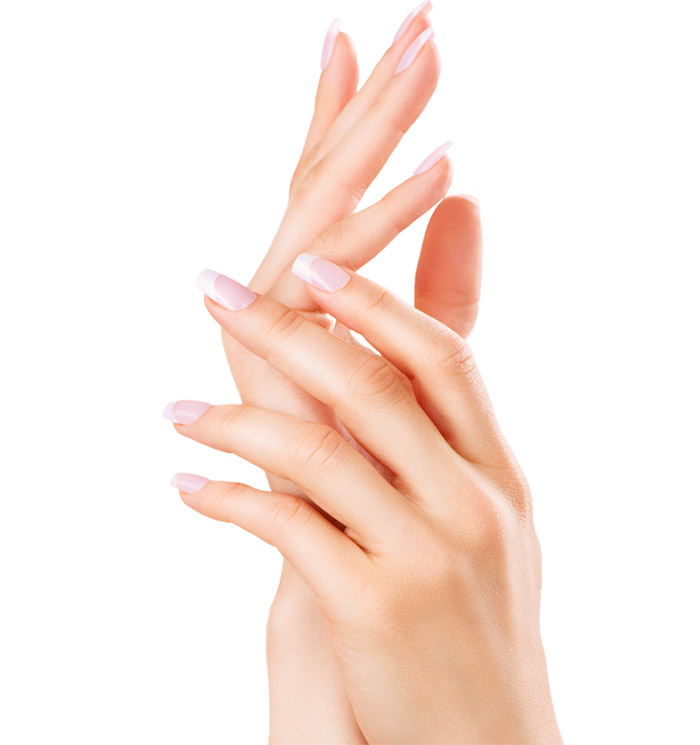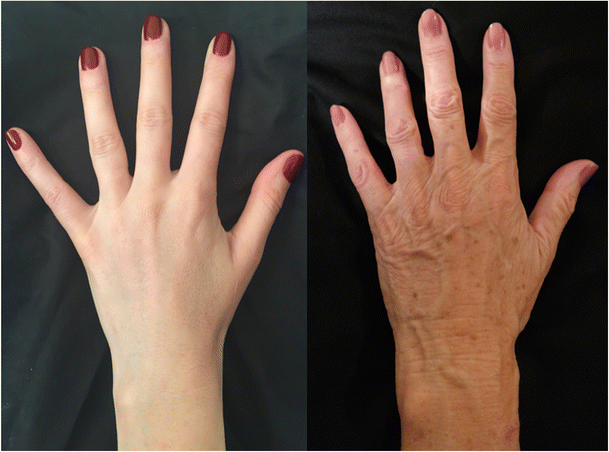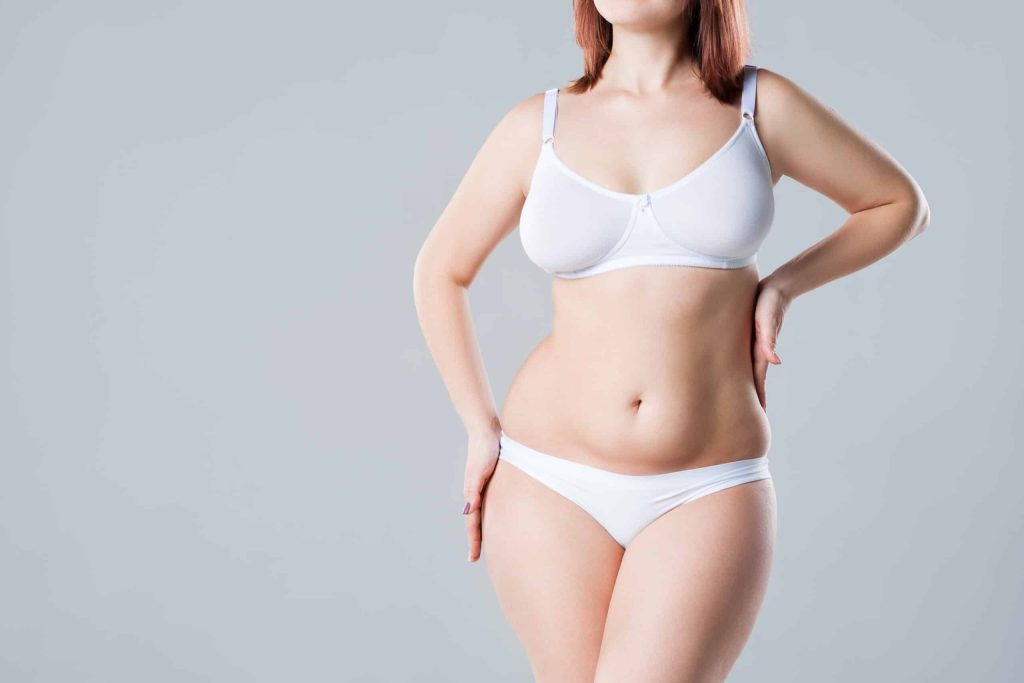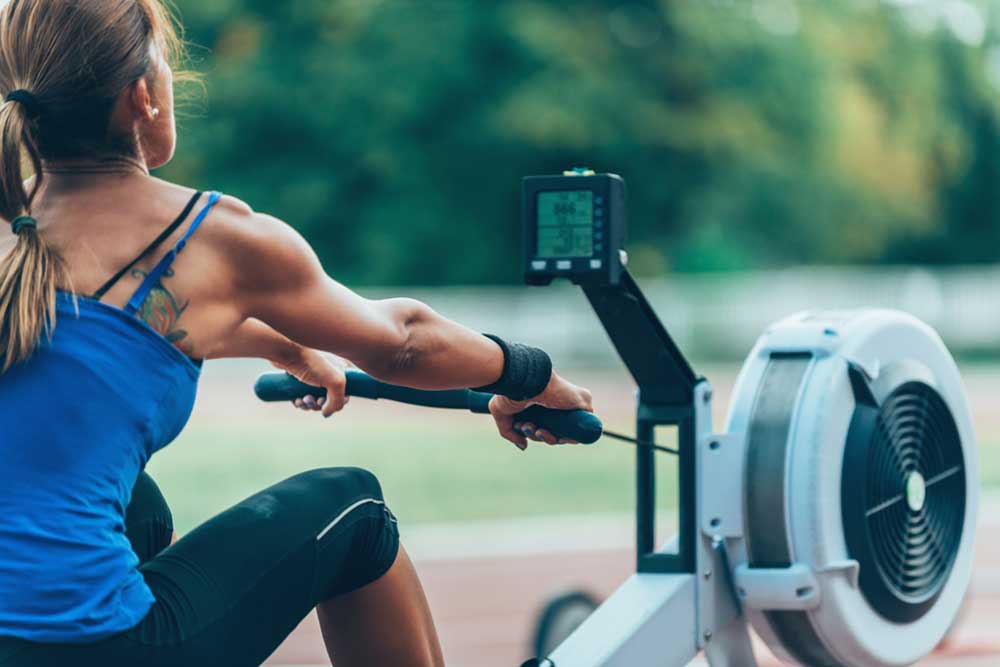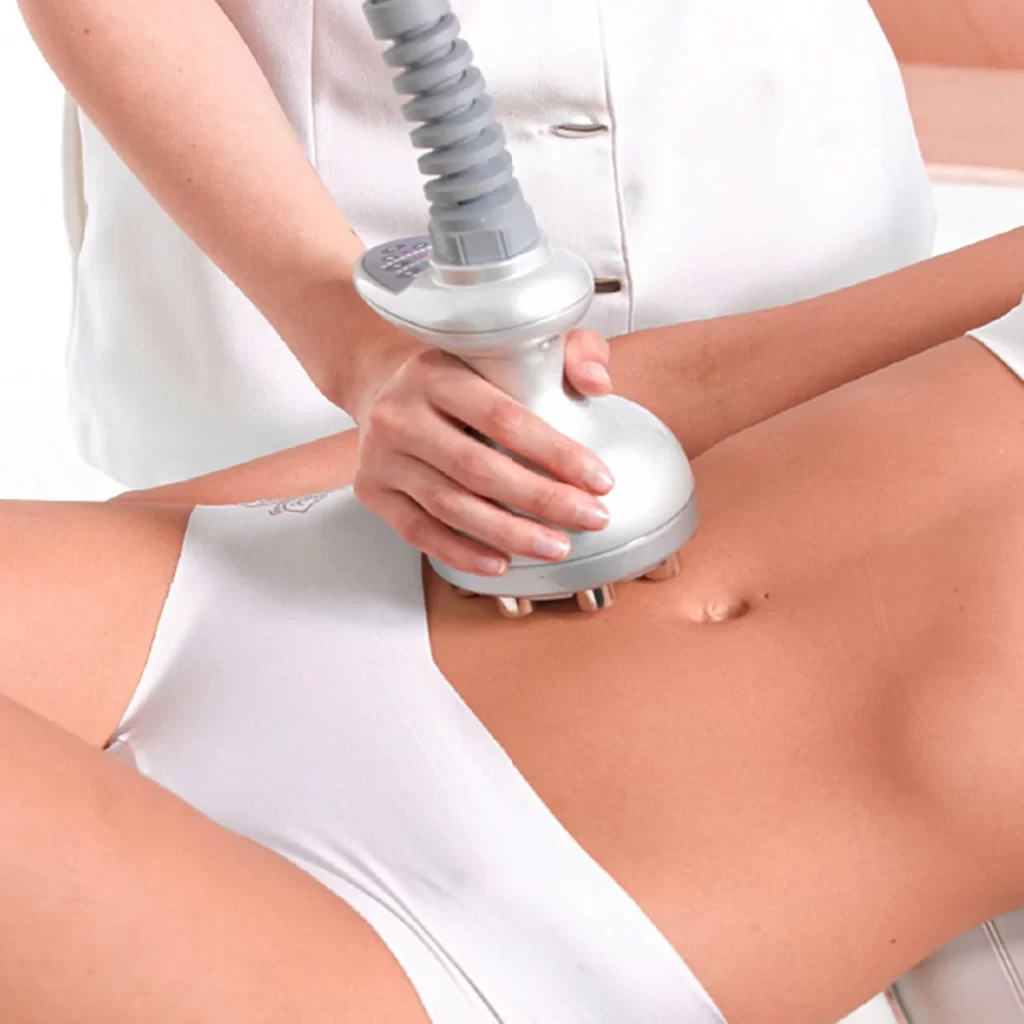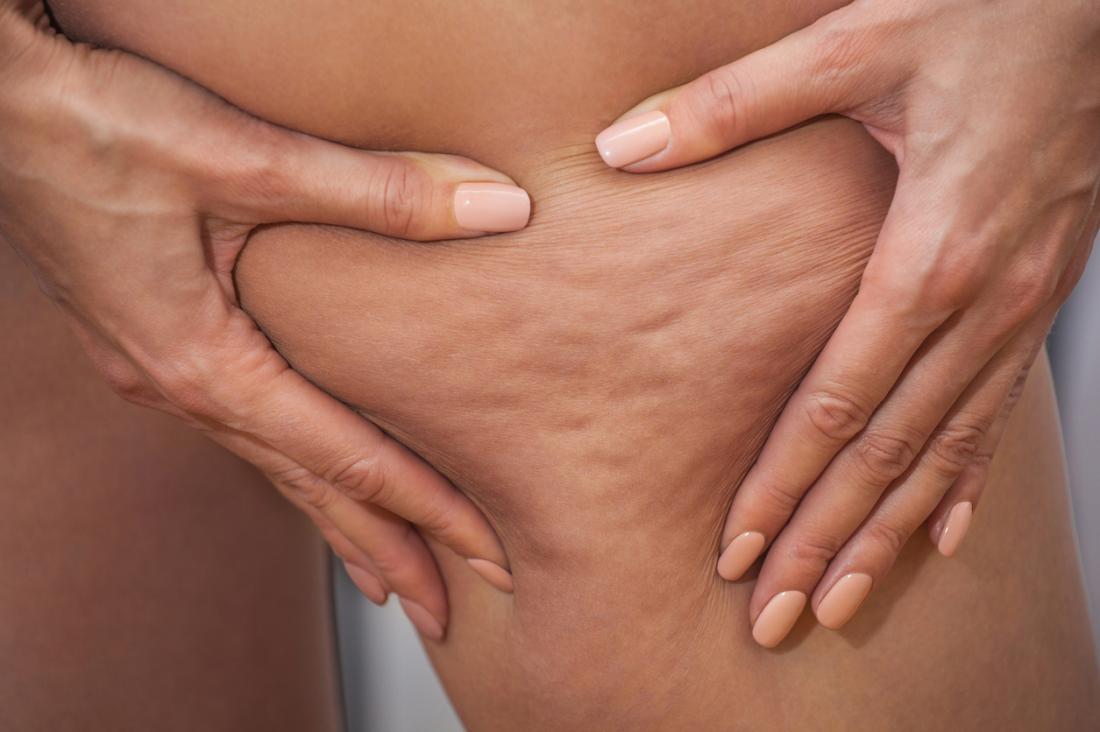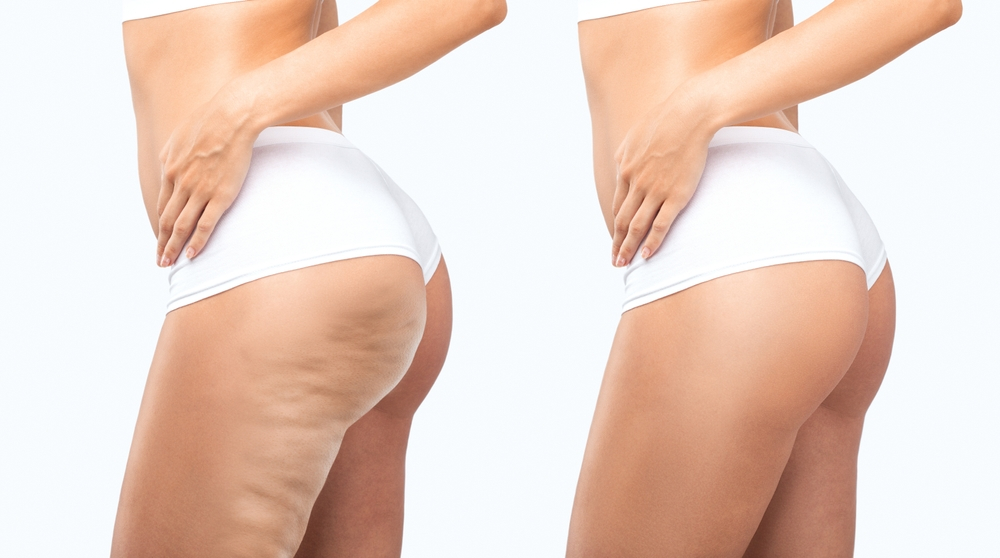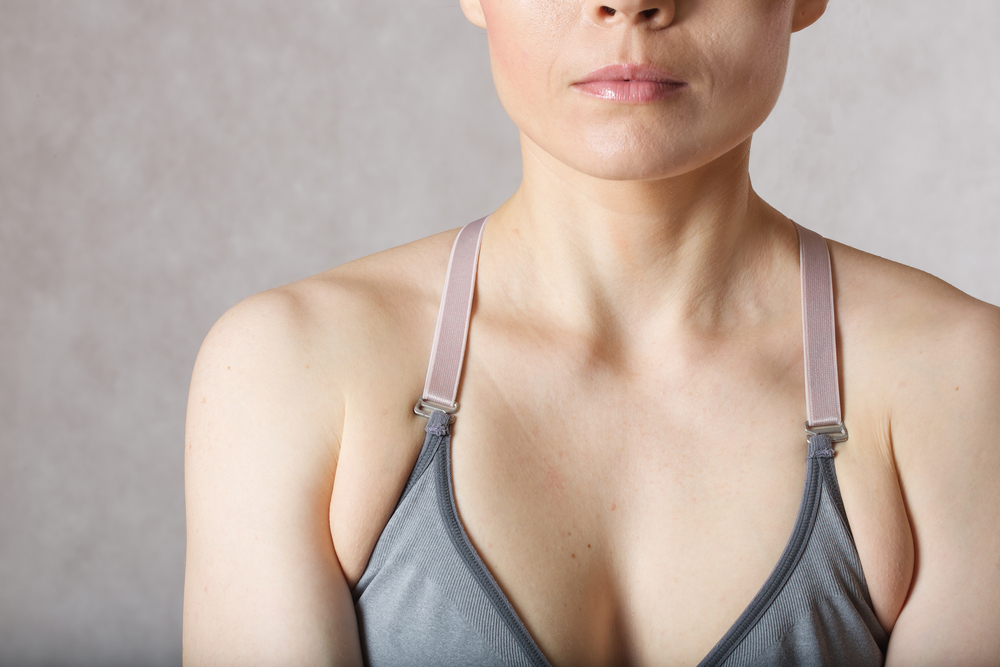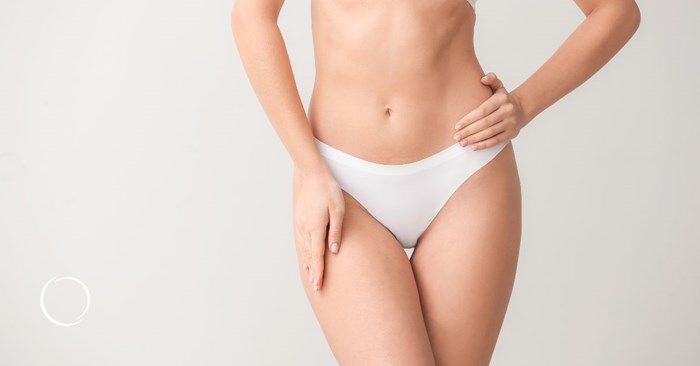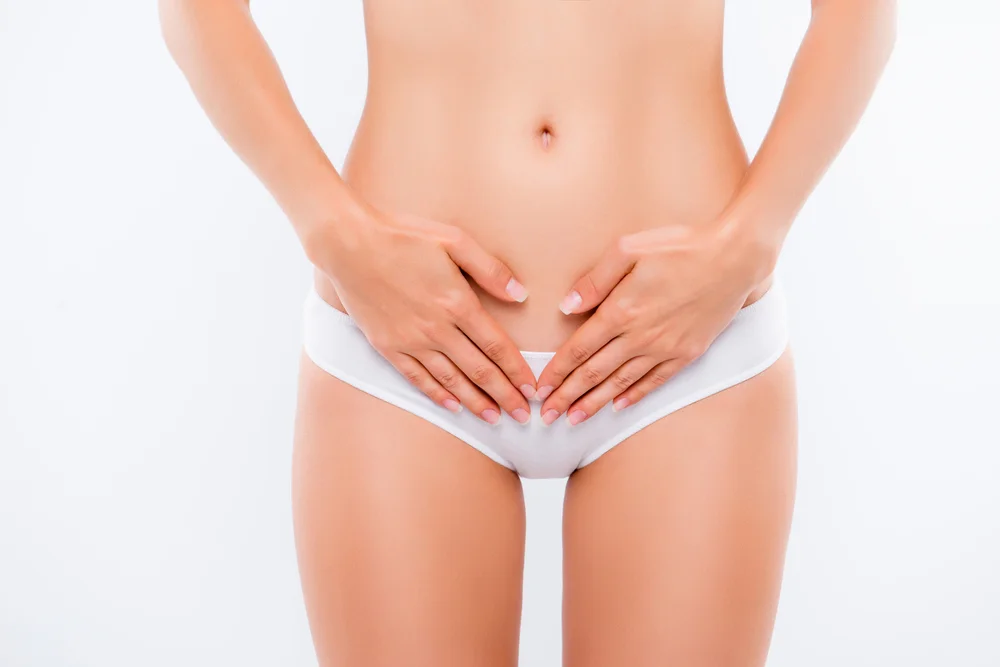Key Takeaways
-
Liposuction is a cosmetic procedure that aims to remove excess fat and contour the patient’s body, not a weight loss solution. It’s ideal for people who are close to their ideal weight and have fat pockets in specific areas.
-
It’s true, as long as the procedure is performed by experienced, board-certified plastic surgeons utilizing the latest, safest techniques. Being open about your medical history in liposuction consultations is critical in determining candidacy and reducing risks.
-
Keeping your results means being dedicated to a healthy lifestyle full of nutritious eating and regular physical activity. This misconception ignores that poor lifestyle choices can result in new fat accumulation after the procedure.
-
Today’s techniques allow for smaller and fewer incisions, a quicker recovery period, all while offering more precision. The vast majority of patients feel minimal discomfort and are back to normal within days.
-
That’s why setting realistic expectations is important. Note that swelling can take several months to fully go down, and that liposuction does not fix skin laxity, cellulite, or all of your weight issues.
-
In the end, extensive research and consultations with experienced professionals are key for understandable and informed decision-making. Set reasonable expectations and match your goals with possible results for a rewarding event.
Liposuction’s mystique is largely rooted in myth, which leads to trepidation from people who are thinking about having liposuction. Most people picture it as a risky or drastic procedure.
New techniques have made it a safe and effective procedure for targeting those stubborn fat pockets. Concerns like long recovery times or permanent scarring are often exaggerated, while the reality is advancements in medical practices have minimized risks and improved outcomes.
Knowing the truth will allow you to make smart choices based on facts—not on myths—so you won’t be misled. With an emphasis on clarity and accurate information, hopefully you’ll be in a better position to weigh the true benefits and limitations of liposuction.
On this blog, we’ll address the most common misconceptions about the procedure. We’ll cut through the BS so you really know what it’s all about.
What Is Liposuction Really?
Liposuction, or suction-assisted lipectomy, is an effective weight loss solution that removes local fat deposits for body contouring purposes. This fat removal procedure focuses on eliminating those stubborn fat pockets that won’t budge with diet and exercise. Unlike traditional weight loss methods, it’s not just about losing pounds—it’s about strategically sculpting your body shape.
Some of the most common areas targeted during liposuction include the abdomen, thighs, and love handles. We also address more localized areas, such as the arms or underneath the chin. This innovative technique is used to sculpt the body, focusing on trouble areas. However, it’s important to remember that it’s not a magic bullet for all weight control or obesity treatment.
The procedure can take your waist down by as much as 2.5 inches, with specific outcomes varying based on your unique situation and the number of treatments you undergo. Therefore, it’s crucial to approach liposuction as part of a comprehensive treatment plan and not as a standalone solution.
One key requirement is that ideal candidates typically need to weigh within 30% of their target weight. They aim to address persistent fat that remains despite their dedication to regular exercise. Although the procedure does leave small scars, they are usually only a few millimeters long and are strategically placed to minimize visibility.
They are designed to be positioned in out of the way spots to avoid being seen at all. The procedure is very brief, usually only one to two hours in length. What to expect after liposuction? You can typically return home the same day, as it’s performed on an outpatient basis.
Liposuction isn’t just for women anymore; men are increasingly utilizing this cosmetic procedure, with treatments like BodyTite offering added contouring benefits. While results are impressive, be aware that some additional swelling can occur in the first three months following treatment.
Consequently, liposuction has consistently ranked as one of the top five plastic surgeries performed in the U.S., a clear testament to its effectiveness and popularity in body sculpting.
Debunking Common Liposuction Myths
These common misconceptions about liposuction techniques can understandably make many people nervous about moving forward with the fat removal procedure. Acknowledging these misconceptions helps you set realistic expectations and make informed decisions regarding your body transformation.
1. Myth: Liposuction Is For Weight Loss
Liposuction is intended for body contouring, not weight loss. It targets persistent fat deposits in regions such as the abdomen, thighs, and arms. When diet and exercise aren’t enough, this treatment gets the job done.
The best candidates for liposuction are generally people who are close to their desired weight and have adequate skin elasticity. To enjoy the best results for years to come, it’s important to eat a healthy diet and exercise regularly, since liposuction is meant to enhance—not substitute for—a healthy lifestyle.
2. Myth: Procedure Is Extremely Dangerous
When done by board-certified surgeons in AAAASF-accredited facilities, liposuction can be a safe and effective method. Better techniques such as tumescent liposuction have reduced risks, and patients are safer than ever.
Comprehensive consultations and preoperative evaluations, including medical history checks, minimize risks by determining who is an appropriate candidate for the procedure and preventing complications.
3. Myth: Fat Returns Elsewhere Immediately
While liposuction does permanently remove fat cells, this doesn’t prevent new fat from forming. After surgery, personal decisions make all the difference.
As you can see, it’s not that simple. A healthy diet and regular physical activity are important to help avoid future deposits of fat. Gaining a large amount of weight can change how and where you store fat, which is why long-term treatment is so critical.
4. Myth: Recovery Is Unbearably Painful
Thanks to advancements in anesthesia protocols and surgical techniques, discomfort is now very minimal. Most patients experience mild soreness which can be controlled with medication.
Healing times are different for everyone, but many people get back to their normal routines in a week or so.
Understanding Liposuction Risks Realistically
If you’re thinking about underdoing liposuction, having a realistic understanding of the risks can allow you to make an informed, empowered decision. Like any major surgical procedure, liposuction has associated risks, though almost all can be minimized and avoided through advancements in care, technology, preparation, and experience.
Swelling and bruising are expected, usually going away in a few weeks, but full recovery can take several months. The majority of patients return to a routine within one to two weeks. They see major improvements within a few weeks and they reach their best results at half a year.
Assessing Actual Complication Statistics
These life-threatening complications are exceedingly uncommon when the procedure is performed by qualified, board-certified surgeons. In reality, studies have demonstrated the risk of major complications is under 1% in healthy individuals.
When compared to other surgeries such as gallbladder removal or hernia repair, extreme liposuction typically carries a quicker recovery time. Although some mild side effects—swelling and bruising—are common, they are temporary and can be managed. Weighing these risks against the long-term rewards of better contours and confidence is essential.

How Technology Minimizes Risks
With today’s advances in technology liposuction is the safest it has ever been. Emerging technologies such as laser-assisted liposuction and tumescent techniques further improve precision, blood loss, and recovery times.
These advances significantly increase safety. Not only do they give patients a more comfortable experience while the procedure is being performed, but many times they help create smaller incisions and easier recoveries.
Surgeon Skill Impacts Safety Greatly
Your surgeon’s skills and experience are your best defense against significant liposuction risks. At the hands of board-certified, highly experienced surgeons whose techniques are tailored to the patient, the risks are minimized, leading to more beautiful results.
Investigating credentials, patient reviews, and before-and-after photos can help inform your decision.
Your Health Profile Matters
Your overall health plays a significant role in determining candidacy. Pre-operative assessments identify potential risks, ensuring you’re medically fit for the procedure.
Maintaining a balanced diet and exercise post-surgery helps sustain results.
The Importance Of Realistic Expectations
If you’re looking into liposuction, having realistic expectations is vital for a rewarding experience with beautiful results. Through this process we can create defined and toned curves to your body. It’s not a cure-all for serious, or even moderate, weight loss or skin laxity.
When you learn what liposuction can and cannot do, you’re able to set realistic expectations and find an outcome that will make you happiest.
What Liposuction Can Achieve
Liposuction is a popular weight loss method that focuses on improving the body’s contours by eliminating localized fat deposits that resist diet and exercise. Common treatment areas such as the abdomen, thighs, or flanks usually respond well to modern liposuction techniques. By targeting these specific areas, this fat removal procedure works with your body to create smoother contours and a more balanced figure.
Reality check—patients go through more than physical changes. Their self-esteem and confidence skyrocket as they finally feel at home in their bodies. Always remember that results can take weeks or months to fully manifest. This is due to the fact that the swelling can last for weeks until it goes down completely.
What Liposuction Cannot Fix
Despite all its benefits, liposuction does not remove excess skin, cellulite, or act as a weight-loss solution. For instance, those with excess skin might need skin-tightening treatments to get their ideal appearance. The same goes for liposuction—cellulite won’t disappear that way, either.
Recognizing these limitations helps foster a more realistic, multi-faceted approach, smashing together the potential of liposuction with dispositive treatments or surgical interventions where warranted.
Maintaining Your Liposuction Results
Sustainable outcomes require a commitment to a healthy lifestyle—one that involves mindful eating and consistent movement. Though liposuction permanently removes your fat cells, if you gain weight down the line, your appearance can be impacted.
Building consistent wellness habits ensure you’re able to enjoy those benefits for many years to come.
How Media Shapes Liposuction Perceptions
The media plays a powerful role in shaping public perception of liposuction. It often simplifies the process, labeling it as a quick fix for weight loss, which misrepresents its purpose and complexity. Transformational headlines on clickbait ad sites, plus the endless stream of social media posts on Facebook and Instagram showcasing miraculous transformations contribute to this illusion.
They portray it as a procedure that promises you immediate, dramatic results. These representations often fail to address the preparation, aftercare and medical decisions required, which can result in misplaced expectations.
Unrealistic beauty standards presented on every platform of social media only add to the confusion. Platforms like Facebook and Instagram are filled with curated images that promote ideals of physical perfection, which many feel pressured to emulate. This has spurred an unprecedented demand for cosmetic procedures, liposuction included, by a widened and more diverse demographic.
Perhaps the most striking caveat is the 5% increase in liposuction procedures among males between 2020 and 2021. This alarming trend serves to portray how these depictions affect not only women, but men as well.
Media narratives continue to frame liposuction as a luxury reserved only for the rich. This framing plays into existing stereotypes portraying the procedure as extravagant and superficial. This limited perception can turn people away from looking for a more complete truth.
Consequently, they’re left with a misconception that liposuction is the only health and wellness cure. It’s essential to critically evaluate these portrayals, understanding that while liposuction can enhance appearance, it’s not a standalone solution or a substitute for healthy habits.
Fortunately, liposuction is a medical procedure that demands careful consideration and education along with appropriate expectations.
Making An Informed Decision
Making an informed decision on liposuction means learning more about the procedure than what meets the eye. Though effective in spot reducing stubborn fat pockets, it is not a treatment for major weight loss or an all-over body change. Dream contestants are typically 30% under their optimal weight.
Additionally, they have localized fat deposits that do not respond to diet and exercise. Consider your full range of options to promote and protect public health. Eat better, be more active and change your life.
Consider a healthier diet, better exercise habits or even bariatric surgery to address major obesity issues. Consulting with an experienced, board-certified liposuction expert is the key to finding out whether liposuction can best meet your aesthetic goals.
Research Your Surgeon Thoroughly
Begin with checking your surgeon’s board certification and experience. Ensure that your doctor has board certification in plastic surgery and a history of performing liposuction. Patient reviews and testimonials will give you an idea of satisfaction and results.
Beyond qualifications, personal comfort is the name of the game. A surgeon who answers your questions clearly and fosters trust can make the experience far more reassuring.
Ask Specific Consultation Questions
During consultations, ask targeted questions to clarify your concerns:
-
What methods do you practice, and why are they most suited to me?
-
How many liposuction procedures have you performed?
-
What should I plan for in terms of downtime and end results?
These collaborative conversations create an environment with transparency, identify any unknowns, and instill confidence in your decision to move forward.
Align Goals With Reality
Collaborate closely with your surgeon to determine realistic aesthetic expectations. Liposuction results take time, sometimes up to several weeks or six months to be fully evident.
By creating a realistic and individualized plan catered to your specific body, you’ll be happy without the high and often unattainable standards.
Conclusion
Liposuction is quite possibly one of the most misunderstood cosmetic surgical procedures out there. It’s no longer about striving for unachievable ideals, but about creating a lifestyle that reflects your individual aspirations. When you’re informed of what’s myth and what’s reality, you can feel comfortable and ready. The answer is understanding what realistic results look like and seeking a qualified, trusted professional who pays close attention to your goals and concerns.
Whether you’re researching options or simply interested to learn more, knowledge is power and will help you make the best decision. There’s no perfect single answer, but armed with the right knowledge, you can approach a decision that is best suited to you and your situation. We hope you’re as excited as we are to find out! Speak to an experienced and knowledgeable provider to address your questions and concerns and learn more about moving forward!
Frequently Asked Questions
What is liposuction?
Liposuction is one of the most popular cosmetic surgical procedures in the country, serving as an effective weight loss method to contour areas like the abdomen, thighs, or arms. While it’s not a weight-loss solution, it is a body sculpting tool that treats stubborn fat.
Is liposuction painful?
Liposuction surgery, an effective weight loss method, is performed under anesthesia, ensuring you won’t feel any pain during the procedure. With careful follow-up maintenance, tenderness and swelling will fade in a few weeks, leading to refined body contours.
Does fat come back after liposuction?
Fat removed during liposuction, an effective weight loss method, can return if you experience weight gain, leading to unwanted fat accumulation in other body areas. Maintaining a healthy lifestyle is crucial for successful liposuction results.
Is liposuction dangerous?
When liposuction treatment is performed by an experienced surgeon at a plastic surgery clinic, the procedure is quite safe. Although there are risks associated with any cosmetic procedure, serious complications are infrequent if proper pre- and postoperative care are taken.
Can liposuction treat obesity?
No, liposuction isn’t an effective weight loss method or a treatment for obesity; rather, its intended purpose is body contouring, specifically to address the unwanted fat pockets that remain after a diet and exercise regimen has failed.
Are the results of liposuction immediate?
While the results from the weight loss procedure can be seen immediately, this can sometimes be deceptive as the swelling initially obscures the eventual outcome. It typically takes a few months to see final results as the body undergoes a healing process and adjusts.
How do I choose the right surgeon for liposuction?
Look for a board-certified plastic surgeon who specializes in liposuction. Read reviews, ask to see before-and-after pictures, and make sure they are interested in your safety and setting realistic expectations.








